Nestled just 15 kilometres away from the bustling city of Puri in Odisha, India, lies the quaint village of Raghurajpur. Here, every home is a studio and every villager an artist. Adorned with colourful murals, this village is a living museum of art, where the ancient craft of Pattachitra flourishes.
A legacy of generations:
For centuries, Raghurajpur has been synonymous with Pattachitra, a traditional form of painting typically done on cloth or bark. Passed down through generations, the craft is deeply ingrained in the cultural fabric of the village. In 2000, Raghurajpur was recognised as the state's first heritage crafts village, a testament to its rich artistic heritage.
The art of Pattachitra:
Pattachitra begins with the preparation of the canvas, known as 'pat', made from cotton cloth soaked in tamarind-seed water and coated with chalk and gum. Layers of these sheets are then pasted together and smoothed out to create a sturdy canvas for painting. The colours used in Pattachitra are derived from natural sources, such as minerals and plants, giving each artwork a vibrant and organic quality.
Preserving tradition in a modern world:
While the essence of Pattachitra remains unchanged, artists in Raghurajpur have adapted to modern times by creating smaller versions of their traditional scrolls, perfect for urban homes as souvenirs. Despite these adaptations, the themes of the paintings remain rooted in tradition, often featuring depictions of Lord Jagannath, Krishna, and scenes from Hindu mythology.
A cultural showcase:
In addition to Pattachitra, the artisans of Raghurajpur practice various other art forms, including palm-leaf engraving, bamboo-mat painting, stone and wood carving, and papier-mâché toy making. Visitors to the village are treated to a firsthand glimpse of these traditional crafts, with artists welcoming guests into their homes to witness the creative process firsthand.
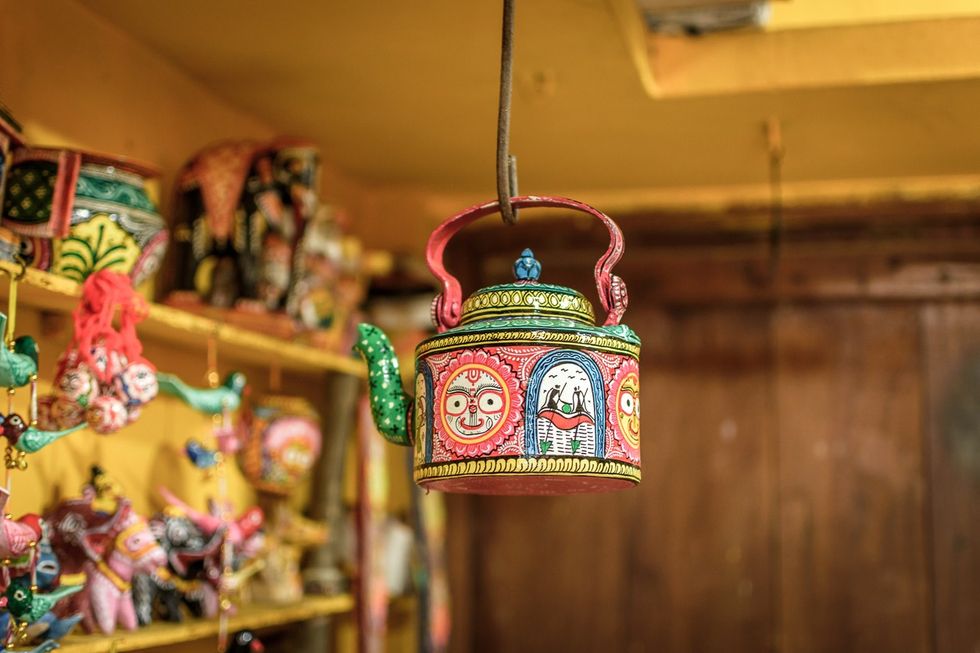
Preserving the past for the future:
As art-loving travellers seek out the unique charm of Raghurajpur, the artisans continue to uphold their craft, ensuring that this timeless tradition endures for generations to come. Through their dedication and skill, the artists of Raghurajpur are not just creating beautiful works of art—they are preserving a piece of India's cultural heritage for the world to cherish.
In Raghurajpur, the past comes alive through vibrant colours and intricate designs, weaving together centuries of tradition with the spirit of creativity. As visitors wander through the narrow lanes of this historic village, they are transported to a world where art is not just a form of expression, but a way of life.
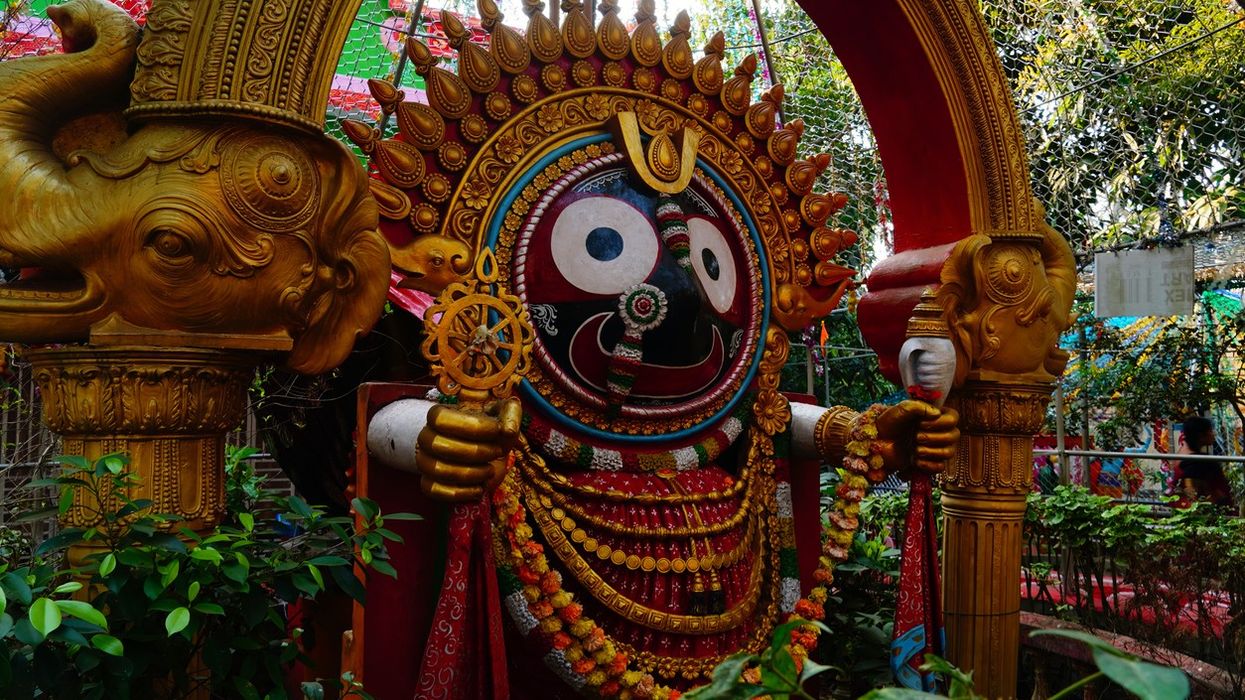
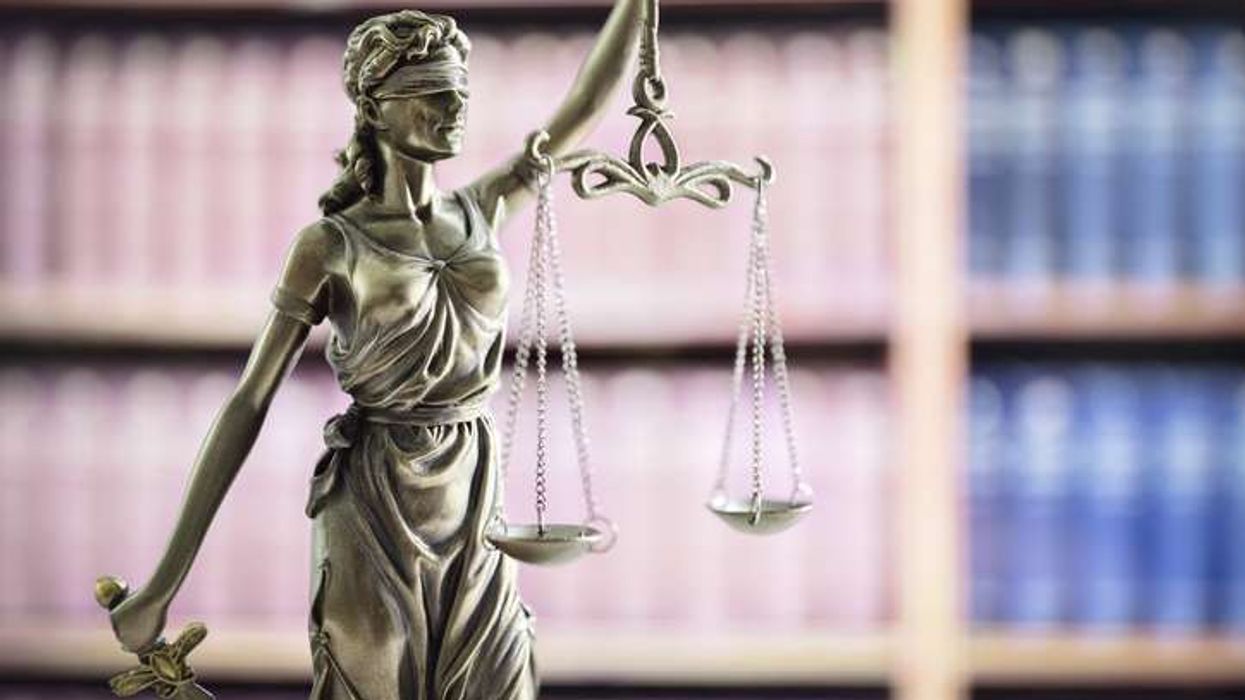

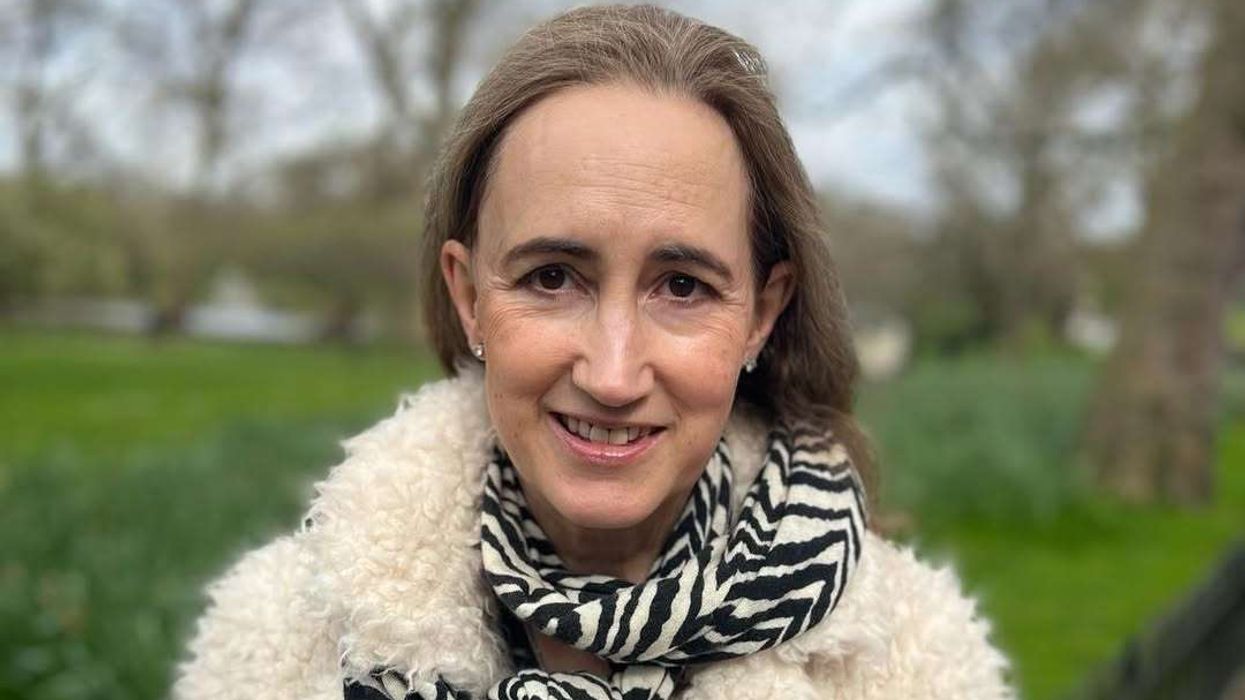


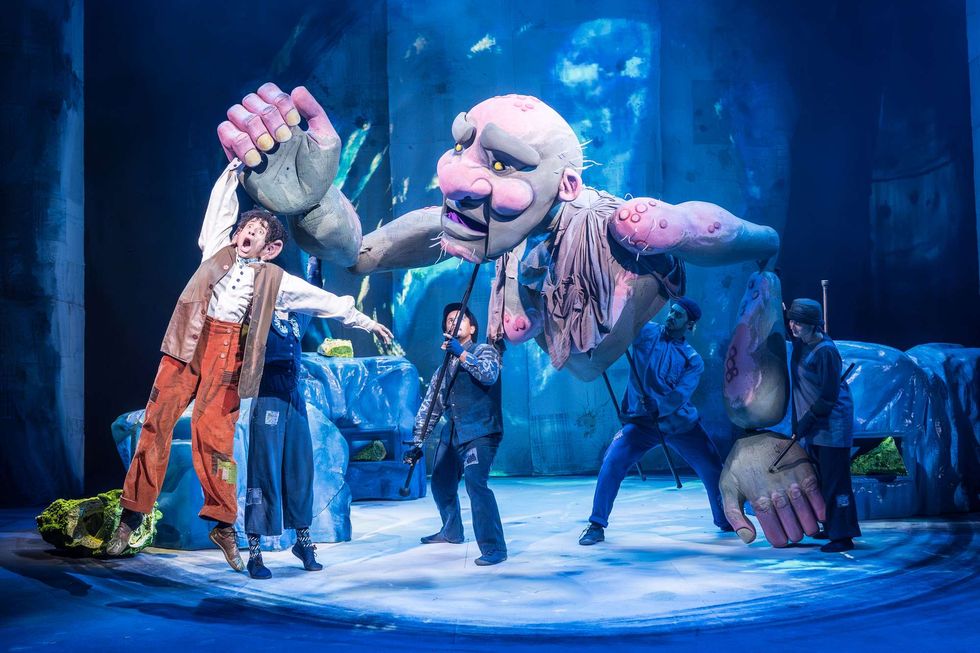 The BFG - production images Royal Shakespeare Company/(c) Marc Brenner
The BFG - production images Royal Shakespeare Company/(c) Marc Brenner 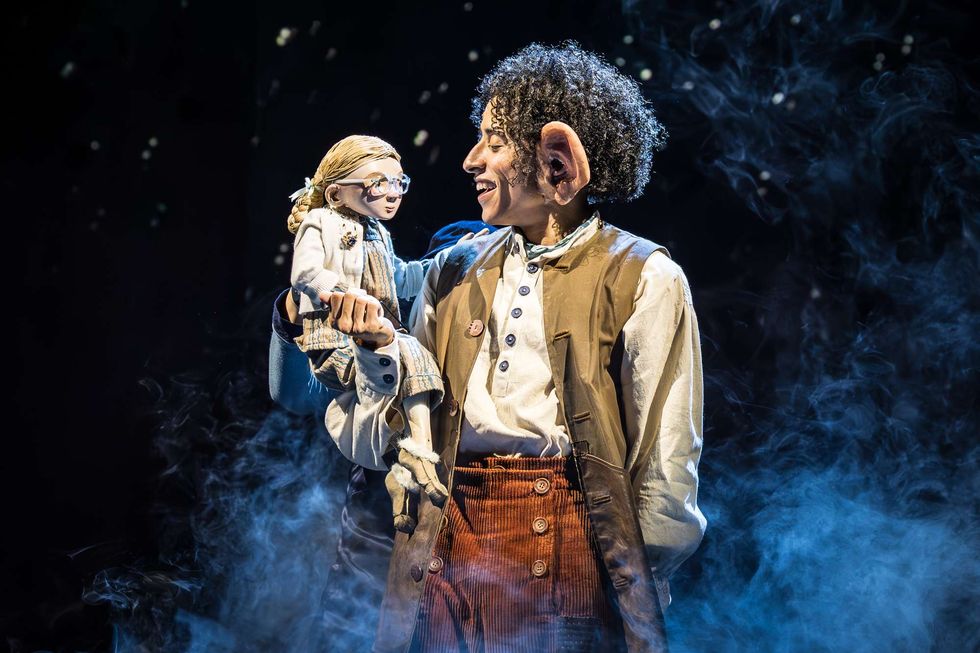 BFG production images, directed by Daniel Evans. Royal Shakespeare Theatre, taken in November 2025.Royal Shakespeare Company/(c) Marc Brenner
BFG production images, directed by Daniel Evans. Royal Shakespeare Theatre, taken in November 2025.Royal Shakespeare Company/(c) Marc Brenner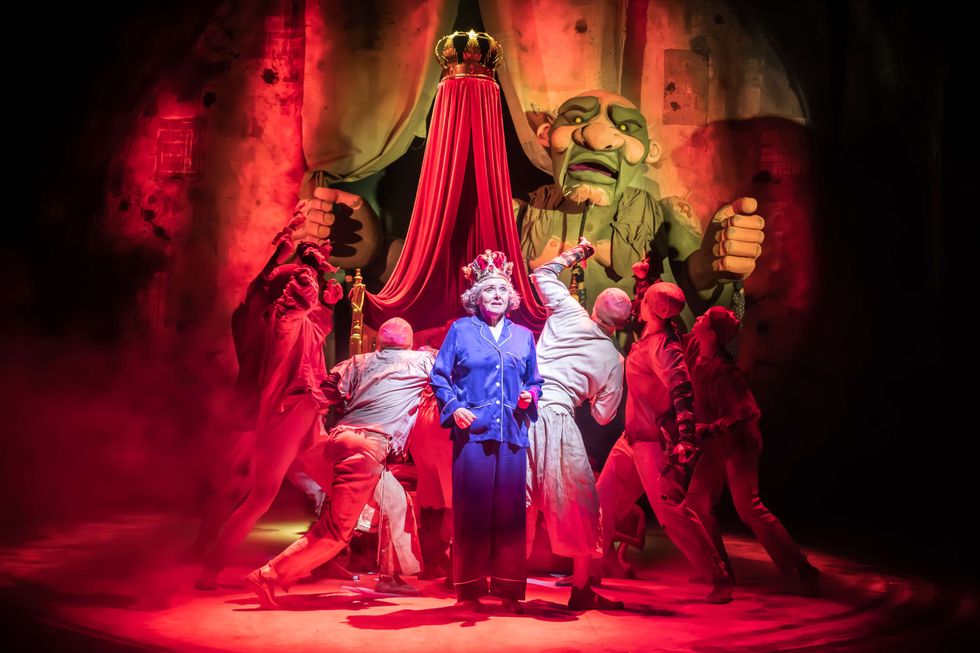 BFG production images, directed by Daniel Evans. Royal Shakespeare Theatre, taken in November 2025.Royal Shakespeare Company/(c) Marc Brenner
BFG production images, directed by Daniel Evans. Royal Shakespeare Theatre, taken in November 2025.Royal Shakespeare Company/(c) Marc Brenner





